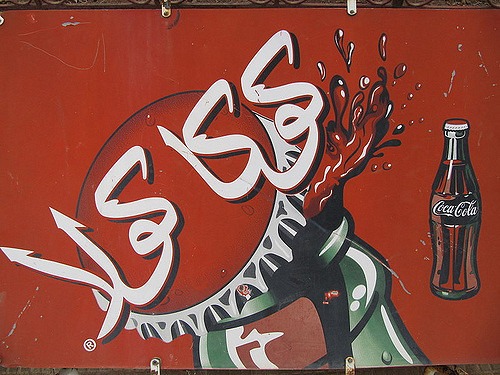The demand for Arabic translations is rocketing and as a result there has also been a steep rise in the localization of content, websites, apps, digital communications, advertisements, etc into the Arabic language.
Arabic is without question one of the more difficult languages to properly localize; one really has to know the language, people, cultures, values, etc in order to get it spot on.
As experts in Arabic localization services we deal with many clients from across sectors. Many are from outside of the region with little practical understanding of how business is done the Middle East or even the culture.
For those new to Arabic localization, here are some of the common areas people tend to overlook prior to the planning of a localization project.
Personalize Your Arabic
The language you use in your Arabic translations that make up any localization have to be pitched to the right audience.
If you are writing a public information website for a government entity, the language must be accessible, yet in perfect Arabic. Should you be launching an app for a luxury concierge service in one of the Gulf states, the language has to be of a level that creates an experience. A marketing campaign for a local bank, yet again will demand something else.
The key point is that your translators have to be more than linguists – they need to be creative in how they write and be able to identify how to connect with your target audience.
Arabic is not just Arabic – there are thousands of Arabics!
Remember it’s Right to Left
Probably the most overlooked aspect of localization, especially by designers and copywriters, is that Arabic is read from right-to-left.
This poses major challenges sometimes when it comes to things like print layouts, web layouts, navigation bars, headings, buttons, images and all rough functionality, depending on what it is that is undergoing localization.
Always allow for more time at the start of a project to work with your localization partners to go through, plan and deal with areas that may cause trouble during the translation. This will save serious amounts of wasted time down the line.
Be Careful with Images
If using any sort of image, picture, symbol, logo, etc make sure you have it checked before using it in an Arabic localization. Many companies fail to include such things in their localization briefs as they do not consider it part of the process.
In the Arab world however, it is crucial to carry out some sort of cultural audit as many companies have fallen foul of causing offence unintentionally.
Taboos of particular concern are around religion, gender, sexuality, politics, and food. However, even colours and animals can have certain connotations that sometimes are positive and other times negative.
Obey the Law
It is important to make sure you understand any local laws pertaining to areas like websites, social media, advertising, etc. Some governments even have regulations regarding the use of language in commercials.
Saudi Arabia, for example, has imposed the use of Arabic as the main language in all business dealings. This causes issues for companies and organisations who have marketing materials in English (or in Arabic but phonetically written using English letters) as they have to reproduce all materials again to satisfy the authorities.
Start with these four crucial tips for now and stay tuned to our blog for lots more to come…find out more about some of the companies we help with their Arabic localzation.


Recent Comments